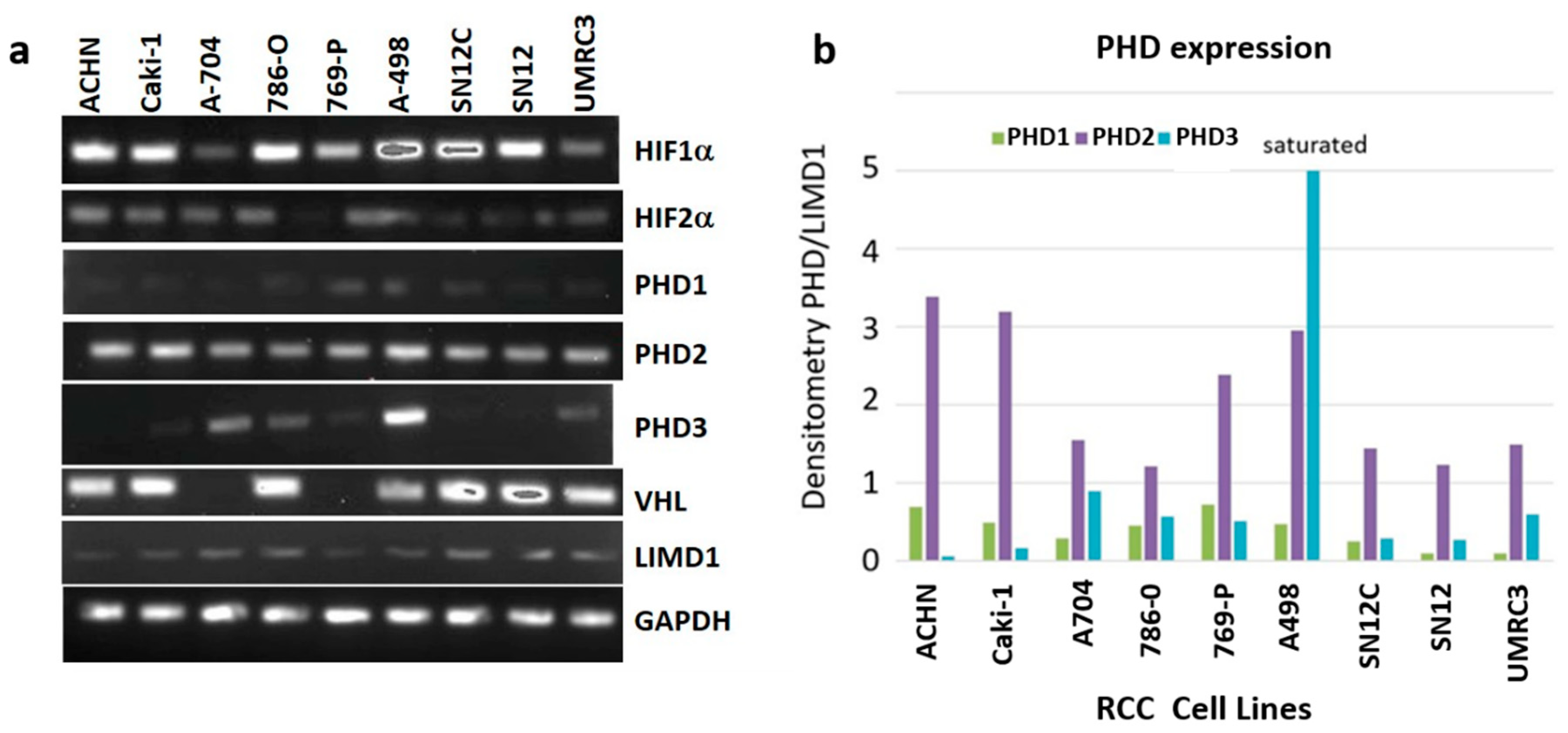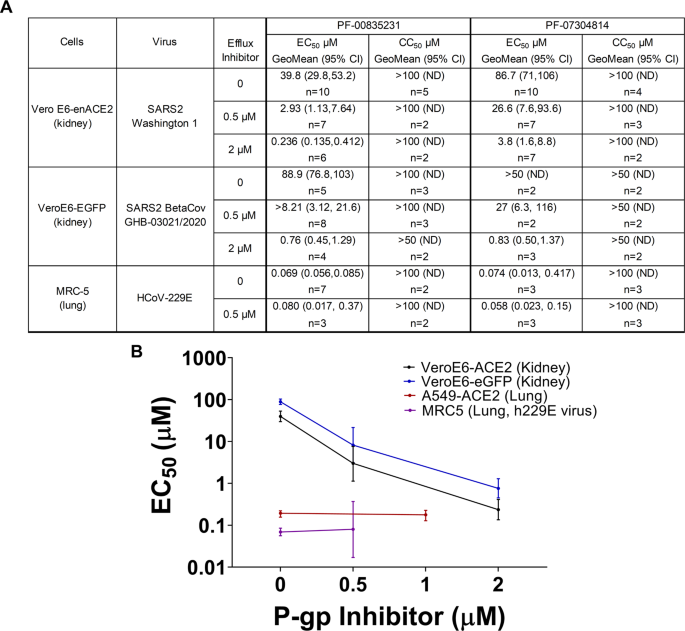


Still, the FDA judiciously continues to limit approved use of locally administered drugs to fractures that are already open and at risk of infection. However, the need for broader application of anabolic drugs to treat bone maladies such as osteoporotic fractures is evident when one considers that 85% of the use of anabolics are off-label. In fact, the only drugs approved for clinical use on fractures are BMP-2 and BMP-7, which are applied locally for use in open long bone fractures and spinal fusions. 17 (2011) S164-S169).Ĭlinical treatment of these fractures generally does not include site-specific anabolic drugs. These complications include crippling vertebral and hip fractures with estimated costs between in $13.7 billion and $20.3 billion in 2005. This becomes problematic when bone fractures occur and proper bone turnover is retarded by bisphosphonates. In general, osteoporosis can be treated with a regimen of bisphosphonates, which inhibits osteoclasts thereby slowing catabolism as well as healthy bone turnover. et al., Osteoporosis: Diagnosis, prevention, therapy, Springer, 2009). By 2020, an estimated 61 million are projected to have osteoporosis. In the US, approximately 44 million people have low bone density, and 10 million people suffer from osteoporosis. Osteoporosis occurs when catabolism surpasses anabolism wherein a two-standard deviation decrease in bone density from healthy bone is observed.

Alteration of this balance results in diseased bone. 113 (2000) 377-381 Harada, S., Nature 423 (2003) 349-355).Ī narrow balance of catabolism or anabolism is responsible for healthy bone. Matured osteoblasts then deposit osteoid, a component of the bone matrix primarily composed of type I collagen, which mineralizes and becomes new bone. Anabolic processes begin as mesenchymal stem cells (MSCs) are stimulated to become osteoblasts by the BMP-2/Runx2 and Wnt/β-catenin pathways. Mature osteoclasts then initiate healthy catabolic bone resorption.
#Mestrenova purdue Activator
Osteoblasts then express Receptor Activator of Nuclear Factor κ B Ligand (RANKL) to the Receptor Activator of Nuclear Factor κ B (RANK) surface receptor in monocytes, initiating the TRAF6 cascade, committing the monocytes to osteoclastogenesis. At the beginning of this recycling process, monocytes receive several signals pushing them to differentiate into osteoclasts. Healthy bone is a mix of 50-70% mineral, 20-40% organic matrix, 5-10% water, and 1-5% lipids and is constantly being recycled into new bone in order to maintain its rigidity and flexibility.

Accordingly, these statements are to be read in this light and are not to be understood as admissions about what is or is not prior art. This section introduces aspects that may help facilitate a better understanding of the disclosure. TECHNICAL FIELDĪspects of the present disclosure generally relate to compounds for targeting and healing bone fractures, comprising a negatively charged oligopeptide, a hydrolysable linker and a bone anabolic compound and/or a pro-inflammatory agent directed toward bone growth and/or bone healing fractures and method for using the same to treat fracture of the bone. The government has certain rights in the invention. This invention was made with government support under GM069847 awarded by the National Institute of Health. 62/168,421, filed May 29, 2015, the entire disclosures each of which is hereby expressly incorporated by reference herein in its entirety. National Phase filing of PCT/US2016/034905, filed May 29, 2016, which claims the benefit of U.S. This application is continuation application of U.S.


 0 kommentar(er)
0 kommentar(er)
